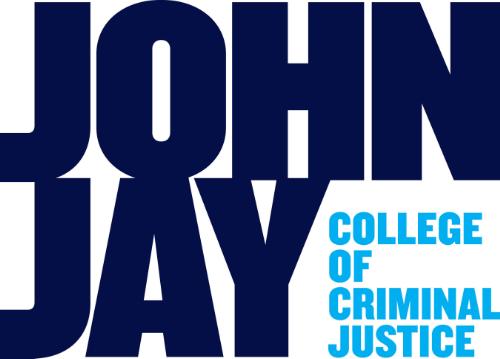
Date of Award
Spring 5-2025
Document Type
Thesis
Degree Name
Master of Science (MS)
Department/Program
Forensic Science
Language
English
First Advisor or Mentor
Angelique Corthals
Second Reader
Nicholas Petraco
Third Advisor
Syed Hoda
Abstract
Identifying sharp-force trauma in thermally altered human remains presents a significant challenge in forensic investigations, particularly in arson-related deaths where traditional autopsy techniques may be limited. This study explores the efficacy of histological methods in detecting sharp-force trauma on partially cremated remains using pig ribs (Sus scrofa) as a human analog. Simulated tool marks from a knife, screwdriver, and flathead screwdriver were inflicted at varying angles (60° and 90°) and subsequently exposed to high temperatures in an open fire setting. Histological analyses, including Hematoxylin and Eosin Y (H&E) and Gomori’s Prussian Blue staining, were employed to assess tissue structure and detect trace metal transfer from the tools. Results indicated that while thermal exposure caused substantial tissue degradation and disrupted the bone matrix, Prussian Blue staining successfully identified ferric iron deposits in some specimens, suggesting potential for toolmark detection post-cremation. Conversely, H&E staining showed structural disruption but limited trauma differentiation. The study underscores the challenges and partial effectiveness of histological approaches in forensic contexts involving thermal destruction and highlights the need for continued experimental research incorporating advanced imaging techniques to improve trauma detection in burnt or cremated remains.
Recommended Citation
Findley, Horaceena, "Histomorphology of Sharp-Force Trauma on Partially Cremated Remains" (2025). CUNY Academic Works.
https://academicworks.cuny.edu/jj_etds/349

